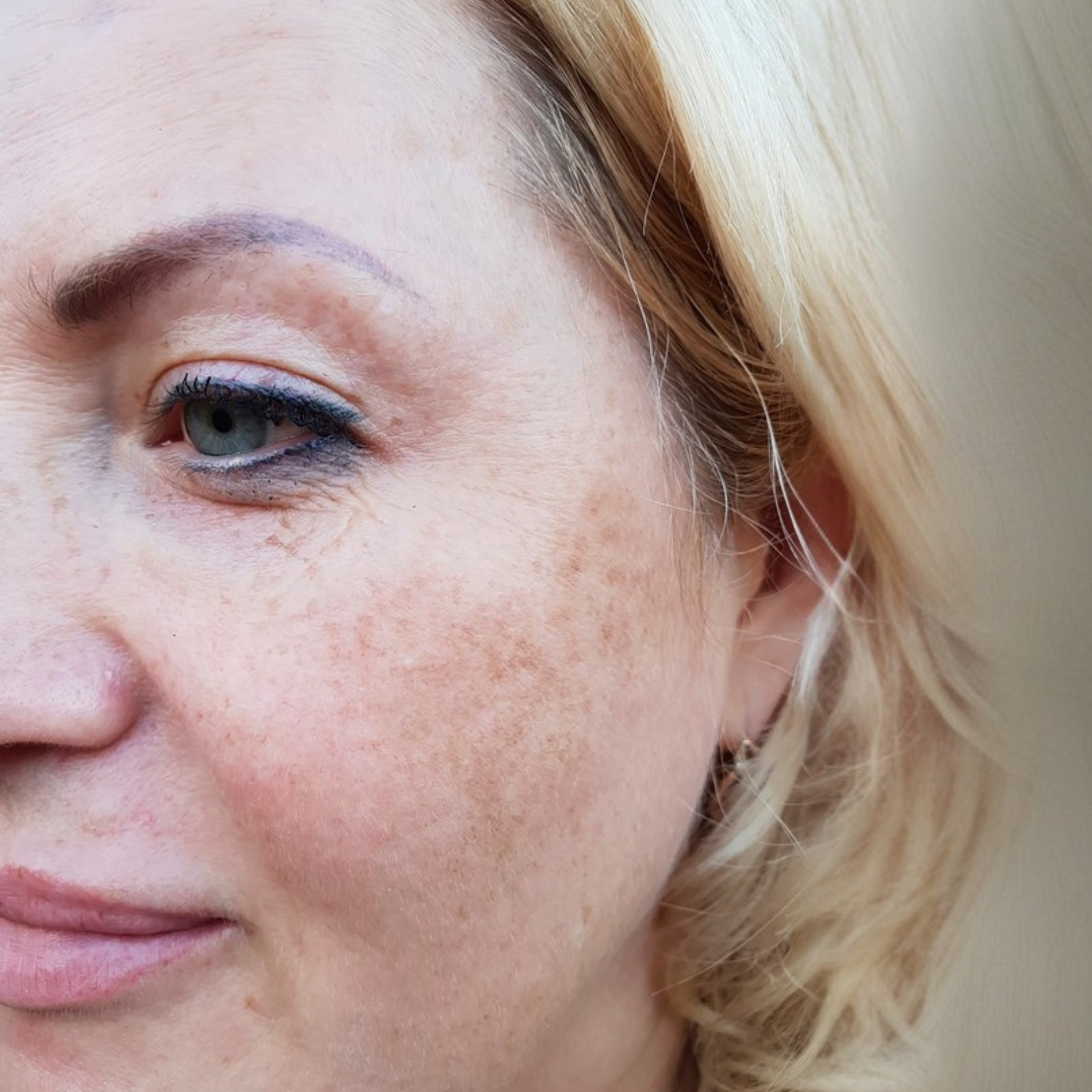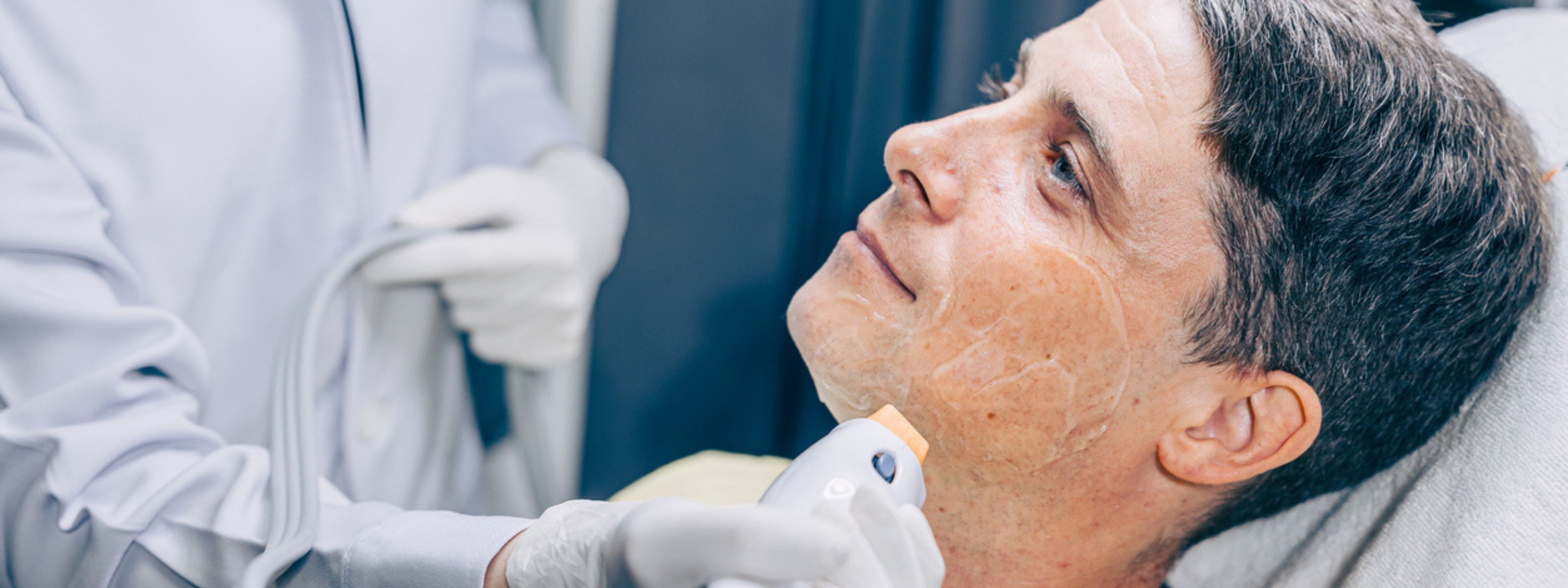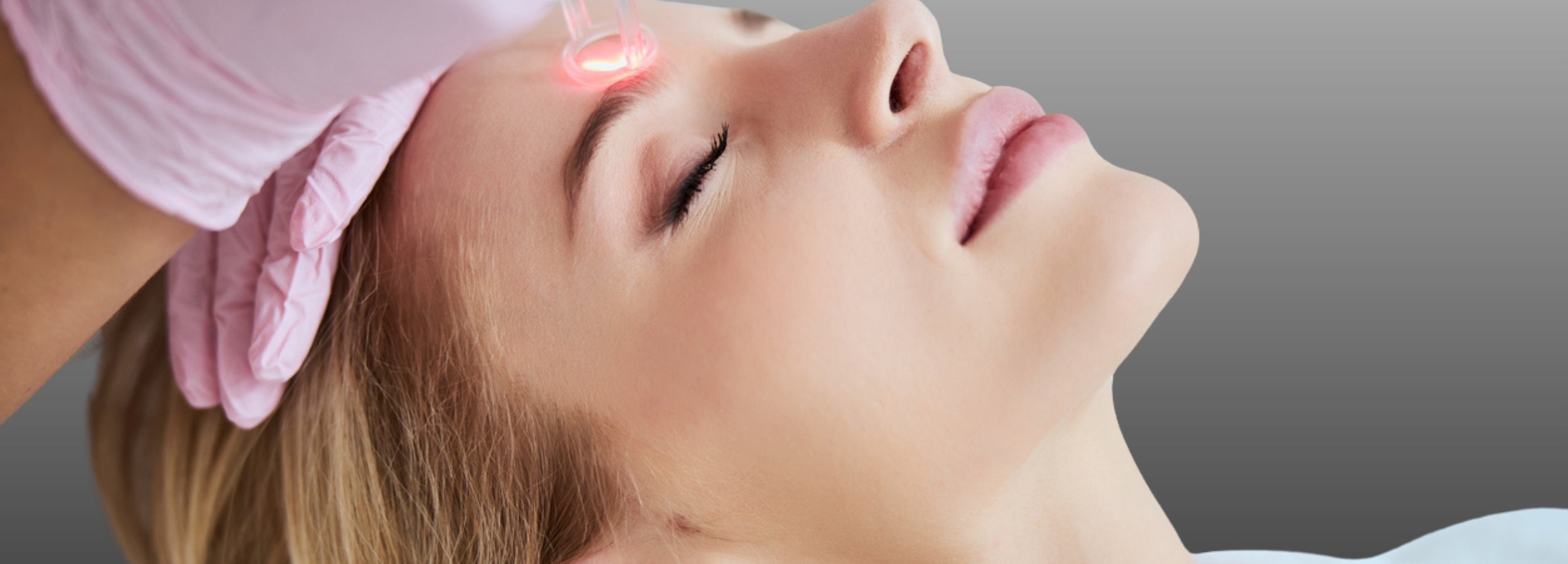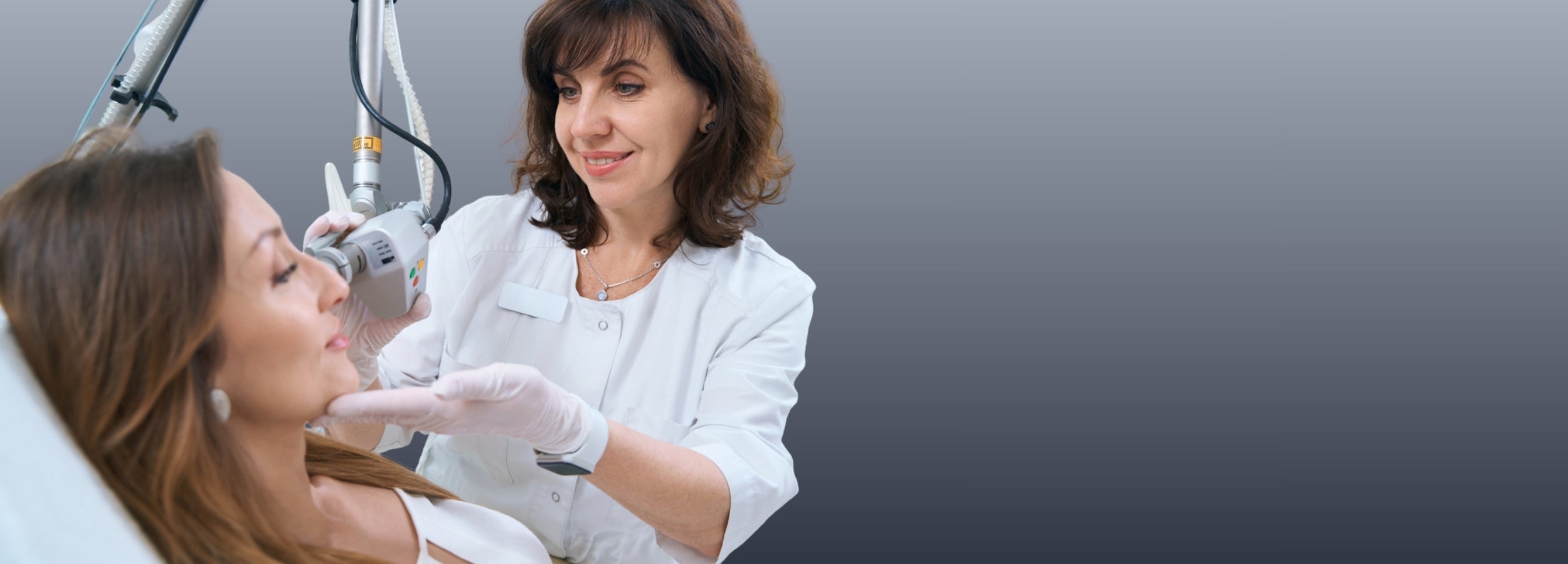Reduce Risk of Osteoporosis in Menopause
Strong Bones, Strong You: A Guide to Bone Health for Women in Perimenopause
As women navigate the transition into perimenopause and beyond, maintaining bone health becomes so important. During this phase of life, hormonal changes happen. Lower estrogen levels can speed up bone loss. This increases the risk of osteoporosis and fractures. You can take proactive steps to protect your skeletal strength and maintain an active life.
Bone Health in the Perimenopause and Beyond
Bones are living tissues that constantly remodel themselves, replacing old bone with new bone. Until about age 30, we build more bone than we lose, reaching our peak bone mass. After that, bone breakdown gradually outpaces bone formation, leading to a slow decline in bone density. This natural process accelerates during perimenopause and menopause because of the significant drop in estrogen production. Estrogen is important for keeping bones healthy. When estrogen levels drop, bones can lose strength quickly. This increases the risk of osteoporosis. Osteoporosis is a condition that makes bones weak and brittle, leading to more fractures.

Why Early Screening for Osteoporosis is Key
Osteoporosis is often called the "silent thief" because bone loss occurs without noticeable symptoms until a fracture happens. Fracturing a hip can lead to hospitalization, reduced mobility, and loss of independence. Silent spinal "crush" fractures may also occur, resulting in a shortened posture or chronic back pain later in life. Taking proactive steps during perimenopause and beyond is essential for maintaining bone health. This approach can help reduce your risk of life-altering events.Building Blocks for Strong Bones: Nutrition
Proper nutrition is the foundation of strong bones, especially for women in perimenopause and menopause. Here are the key nutrients essential for bone health:
Calcium: A Vital Nutrient for Bone Health
- Daily Goal: 1200 mg through diet and/or supplements.
- Food Sources: Dairy products (milk, yogurt, cheese), leafy greens (kale, spinach), fortified foods, almonds, canned salmon with bones.
- Resources: Use Osteoporosis Canada’s nutrient calculator and explore their calcium food sources.
Vitamin D: Supporting Calcium Absorption
- Daily Goal: Health Canada recommends 400 IU daily for those over 50. Higher amounts may be needed for women.
- Food Sources: Fatty fish (salmon, tuna), egg yolks, fortified foods.
- Sunlight Exposure: Sunlight helps activate vitamin D, but supplementation is often required, especially in Canada.
Other Building Blocks for Strong Bones: Nutrition
- Protein: Found in lean meats, poultry, fish, beans, tofu, nuts, and seeds.
- Magnesium: Aids calcium absorption. Sources include leafy greens, nuts, and avocado.
- Vitamin K: Helps regulate calcium in the body. Found in broccoli, Brussels sprouts, and liver.
Move Your Body: The Role of Exercise in Bone Health
Regular exercise plays a crucial role in maintaining bone density.
Weight-Bearing Exercises
- Examples: Walking, jogging, dancing, hiking, stair climbing, and tennis.
- Tip: Use a weighted vest during walking for added benefits.
Muscle-Strengthening Exercises
- Examples: Weightlifting, resistance bands, push-ups, and squats.
Guidelines for Bone Health:
- Balance and functional training at least twice a week.
- 150+ minutes of moderate-to-vigorous physical activity weekly.
For tailored exercises, consider Osteoporosis Canada’s BoneFit program.
Lifestyle Choices for Strong Bones in Perimenopause
Healthy lifestyle choices can further support bone health:
- Maintain a Healthy Weight: Avoid being underweight or overweight.
- Limit Alcohol Intake: Alcohol interferes with calcium absorption.
- Don’t Smoke: Smoking weakens bone cells and increases fracture risks.
Screening for Osteoporosis: What You Need to Know
Screening for Osteoporosis Typically Includes:
-
-
- Clinical History: Evaluating risk factors like fragility fractures, family history, and smoking.
- Examination: Height, weight, and spine assessments.
- Bone Mineral Density Test (BMD): A painless scan measuring bone strength at the spine and hip.
-
T-Scores in a BMD Test
-
-
- Osteoporosis: -2.5 SD or lower.
- Osteopenia: Between -1 and -2.5 SD.
- Normal Bone Density: Within 1 SD of the young adult average.
-
Guidelines for screening frequency were updated in 2023. Speak with your physician to determine the right plan for you. Use the Risk Factor Assessment Tool for a preliminary risk evaluation.
Resources for Bone Health
Explore these helpful resources from Osteoporosis Canada:
For further reading, the Canadian Menopause Society offers a booklet on Treating Osteoporosis with Bisphosphonates.
Disclaimer
It is important to note that the information provided here is general in nature and should not be considered a substitute for personalized medical advice. It is essential to consult with a healthcare provider to discuss the best treatment options for you based on individual circumstances and medical history.










